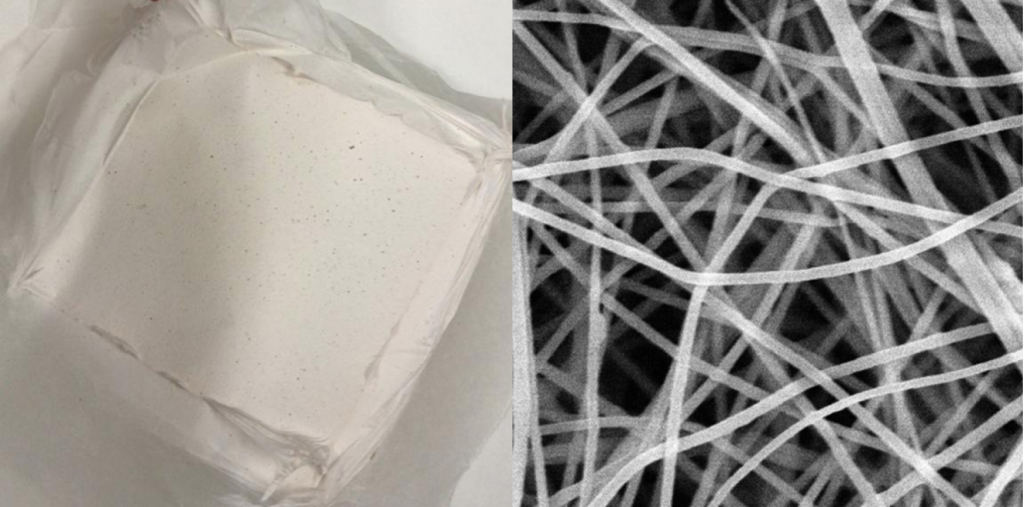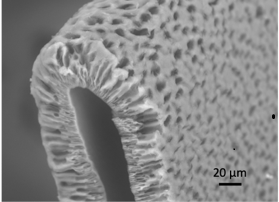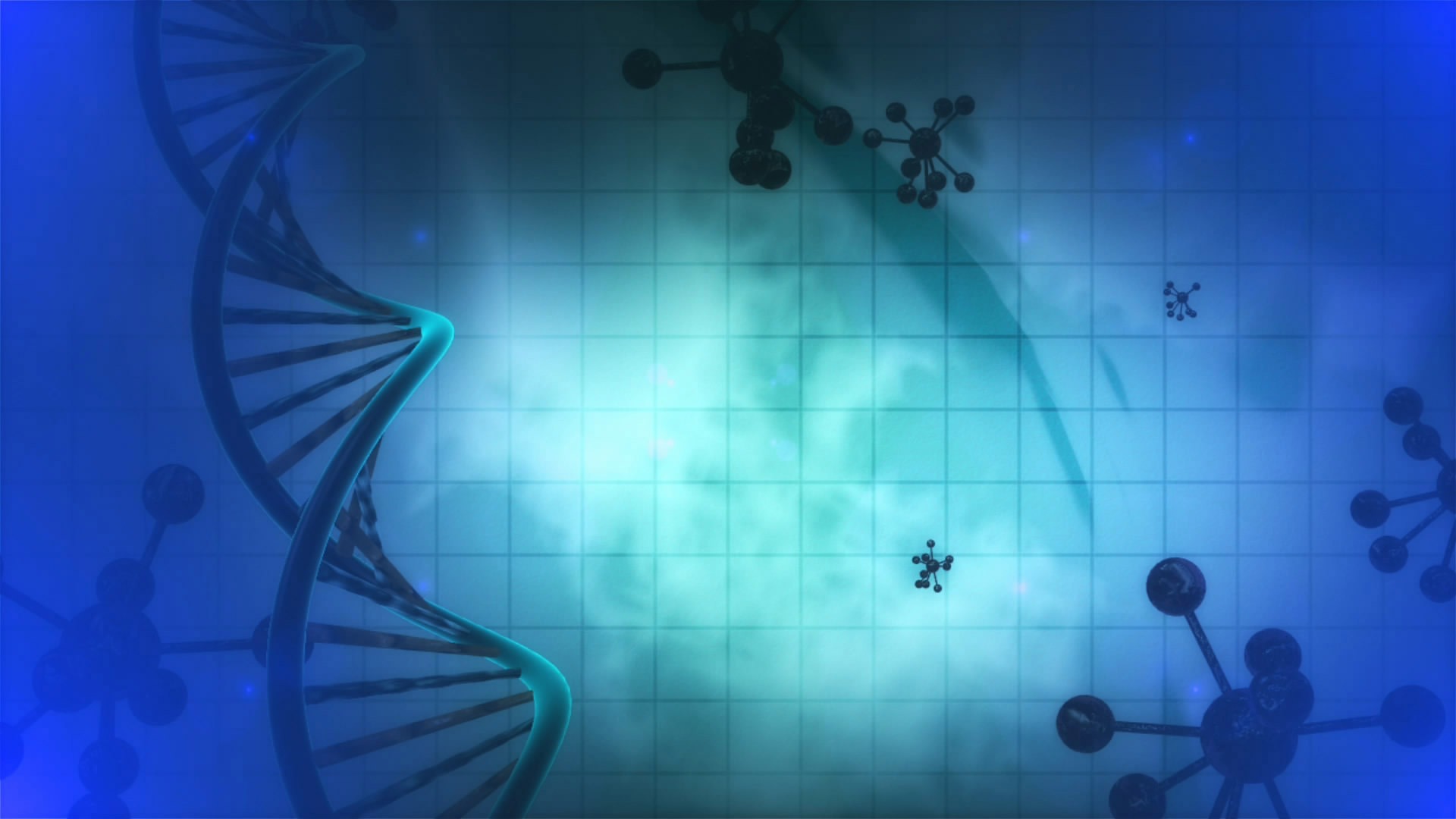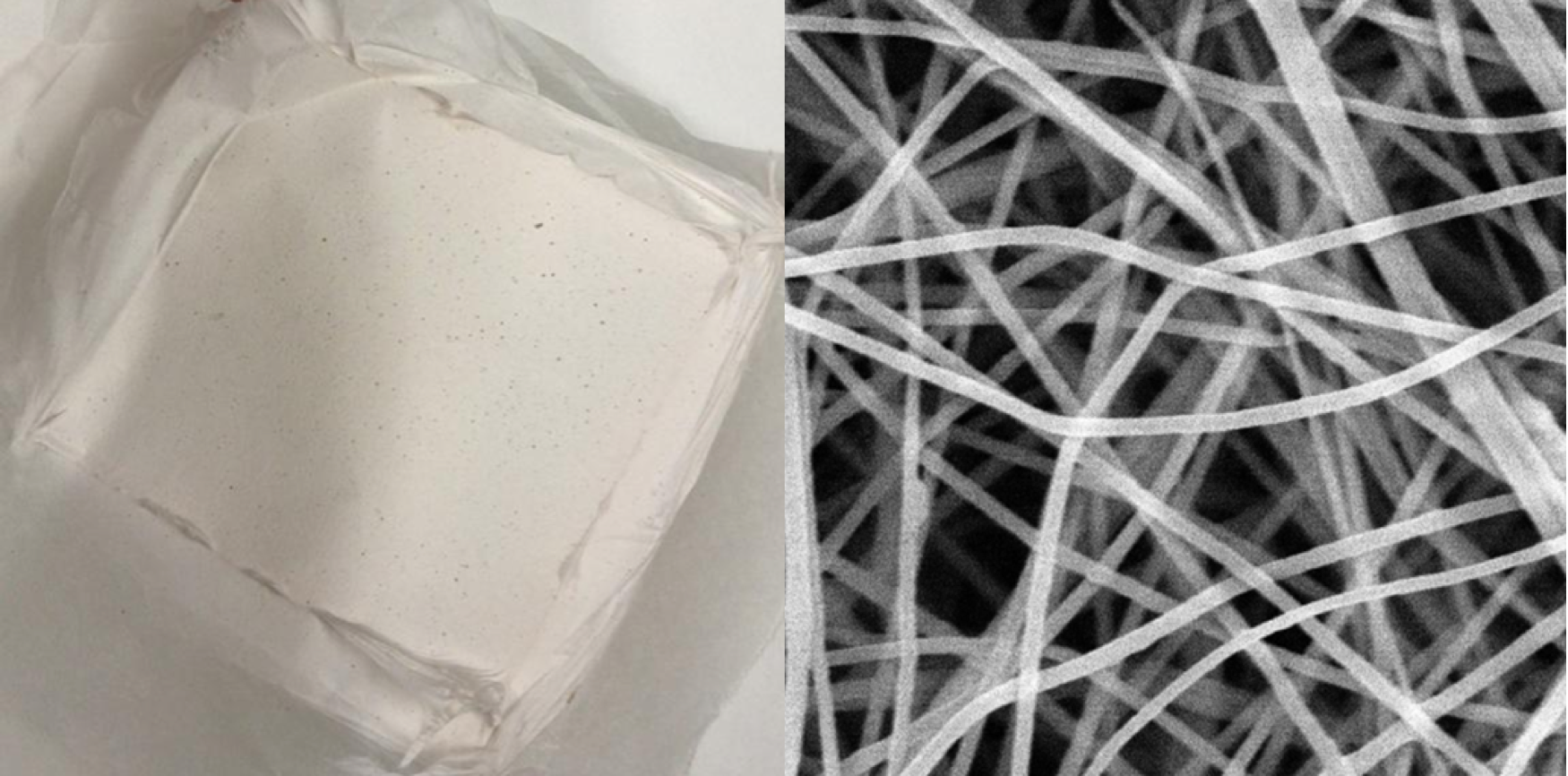More than 320 million tonnes of plastic each year are used in the world. The COVID pandemic has increased even more our use of disposable objects such as glasses, face masks or gloves. Only a minimal part of the plastic we use worldwide is recycled, the rest ending up polluting our ground or our seas, in the form of micro- and nano-plastic. To protect our planet, it is thus important to develop new types materials obtainable form sustainable natural sources (not fossil fuels) or from recycling of common industrial waste fostering a new kind of circular economy.
Use of waste from agriculture or food industry
We develop new chemical techniques to recycle waste from wool and silk (> 5 million tons/years of waste produced in Europe) to produce keratin and fibroin, high-value biopolymers used for optoelectronic, biomedical or cosmetic applications. In particular, we developed at ISOF the technologies for producing keratin-bioactive compounds from agro-food and textile by-products for skin care applications. There is a growing interest in the use of proteins as biocompatible and environmentally friendly ingredients for the design of wound healing and drug delivery systems. Keratin is a fascinating protein, available from several keratinous biomasses such as wool waste from agro-food sector. Keratin has intrinsic bioactive properties including stimulatory effects on wound repair and excellent carrier capability.

Use of waste from polymer industry
We are studying new techniques to recycle polymer waste from industrial filters (> 300 tons/year of waste produced in Europe) to produce new materials for water purification.
Research on micro-nano plastic
Discarded “end-of-life” plastic accumulates particularly in marine habitats, in the form of small debris called micro- or nano-plastic. There is a public awareness of the amount of plastic in the sea, diffused even in remote localities like the deep ocean or the South Pole, posing a significant threat to marine organisms. We investigate the composition of such particles using microscopic and spectroscopic techniques, to better understand their origin and their possible removal.



